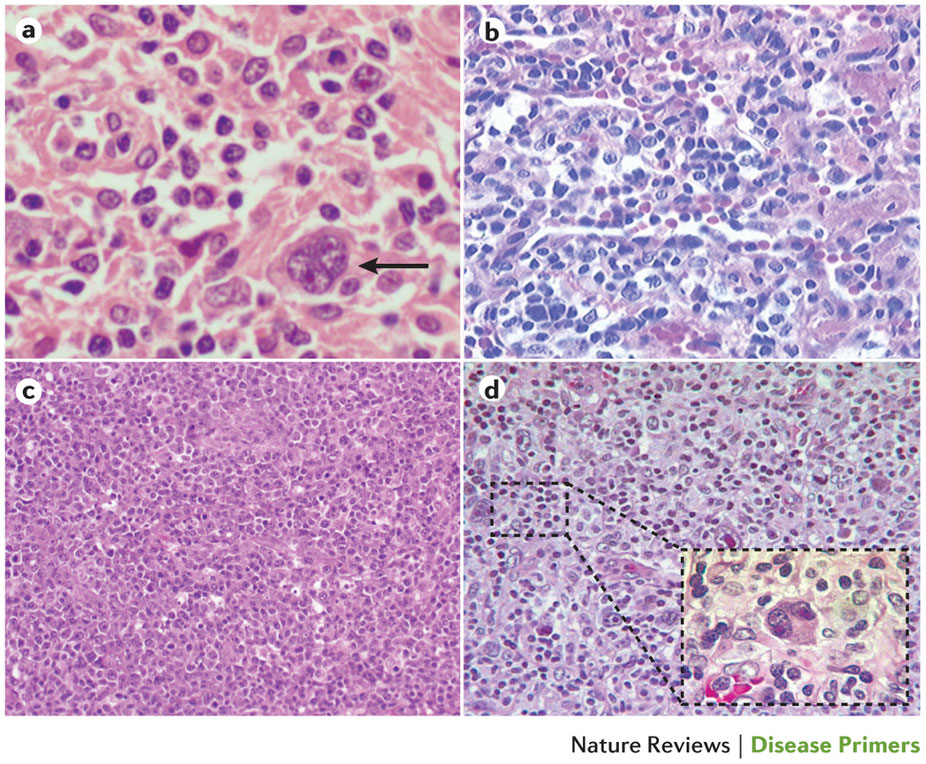移植後リンパ増殖性疾患
Post-transplant lymphoproliferative disorders
2016年1月28日 Nature Reviews Disease Primers Article number: 15088 (2016) doi: 10.1038/nrdp.2015.88

移植後リンパ増殖性疾患(PTLD)は、臓器や造血幹細胞を移植した後の外因性免疫抑制状態で発症する制御不能なリンパ球の増殖に関係する症状の総称である。PTLDには、免疫抑制状態ではない一般集団の古典的リンパ腫といくつかの類似点が見られる。Epstein–Barrウイルス(EBV)は、多くの早期発症例における主要な病原ドライバーであり、さまざまな機構を介して発がんさせる。PTLDの発症率は移植の種類によって異なる;したがって、固形臓器移植後と造血幹細胞移植後では症状が明らかに異なるはずである。レシピエントのEBV血清陰性および免疫抑制の強さは主要なリスク因子である。症状と兆候はリンパ組織の位置によって異なる。診断には病理組織検査が行われるが、画像検査も補助的診断として有用である。血中EBVレベルの監視による先行介入は、PTLD予防戦略として推奨されている。発症した後の治療には、免疫抑制剤の減量および/またはリツキシマブ(B細胞特異的抗CD20抗体)、化学療法剤およびEBV特異的細胞障害性T細胞の投与が行われる。このような戦略があるにも関わらず、死亡率と罹患率は今も高いままである。患者アウトカムは、症状の重さ、治療関連合併症および同種移植片喪失のリスクの影響を受ける。将来の見通しを変える上で有望な新しい革新的治療法が開発されている。
PrimeView
移植後リンパ増殖性疾患(PTLD)は、一般集団の古典的リンパ腫といくつかの類似点があるが、移植後の免疫抑制状態にある患者にのみ発症する。このPrimeViewでは、多くのPTLD例で病因学的誘因となるEpstein–Barrウイルス感染の関わりについて取りまとめた。
本Primerの図解サマリー

